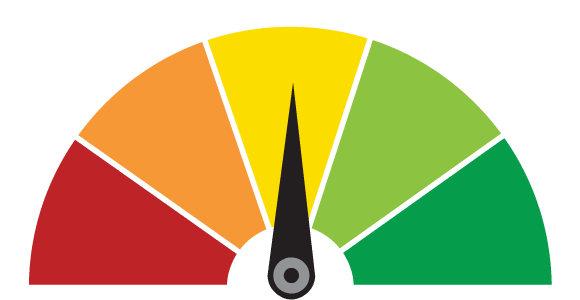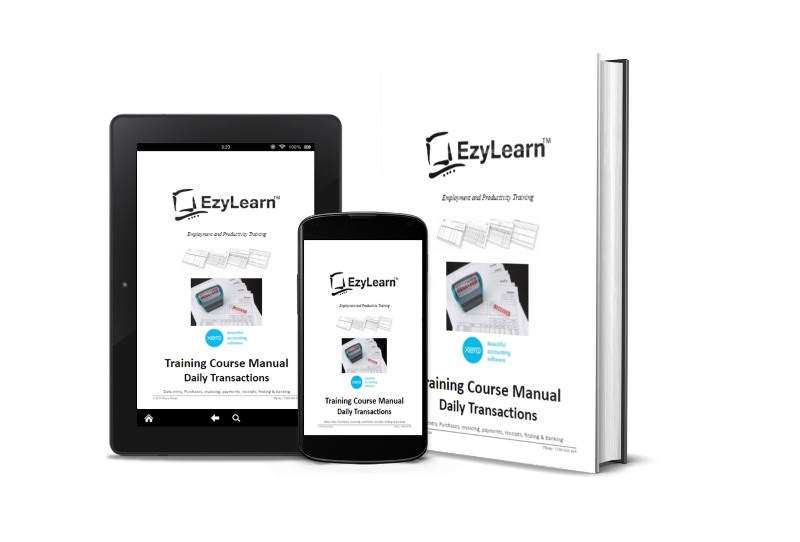Credit Management Training Course
WHEN A BUSINESS FAILS it’s almost always due to cash flow problems that arise from late-paying customers, or debtors, and unpaid invoices.
But as the number of small businesses in Australia have increased in the last five years, so too have the number of closures resulting from inefficient cash flow.
An inquiry by the Australian Small Business and Family Enterprise Ombudsman (ASBFEO) into payment times and practices in Australia has revealed that poor cash flow is the primary reason for insolvency in Australia.
Not every business suffering cash flow problems goes insolvent right away. Many more, especially those operated by sole traders, struggle on with clients and customers who don’t pay on time or, worse, not at all.
Indeed, a recent study commissioned by PayPal and QuickBooks Intuit, found that Australian small businesses are owed a collective $26 million in unpaid invoices. That’s roughly $13,200 owed to each business at any given time, for which business owners will spend an average of 12 days chasing each year.
Perhaps 12 days out of 365 doesn’t seem like much time spent chasing invoices, but look at it this way:
The ACCC estimates that nearly three-quarters of all business invoices are paid late, while recent figures released in Dun & Bradstreet’s quarterly Trade Payments Analysis report found that businesses wait an average of 44.9 days for payment, with businesses in the ACT, NSW and WA waiting the longest: between 46 and 50.4 days.
Credit and Debt Management: From New Clients to Regular Clients
It doesn’t matter which way you paint it. Credit and debt management is one of the most overlooked aspects of operating a small business and it’s affecting the business owners who can least afford it.
Figures released by the Australian Bureau of Statistics (ABS) found that closure rates for businesses were higher among those with an annual turnover of under $50,000 than those with an annual turnover of more than $2 million.
For a small business to thrive and prosper, it must implement efficient measures to manage its debtors. Our complete guide to Credit and Debt Management Processes and Systems for Small Business will show you how to do just that, regardless of the size or type of business you operate. Our Credit and Debt Management Training Guide helps you understand how good credit and debt management principles can be applied at every stage of dealing with new clients from credit assessment, quoting and deposits, monthly management and enforcement.
NOTE: This training program is available for members of EzyLearn’s Bookkeeping Academy
Topics in this Credit Controller Training Course program
Assessment & Risk Management
These are the steps that a business can take before they agree to provide goods and services to a new or existing client. These credit risk procedures help ensure that customers pay your business according to your terms.
- Deposit Payments
- Credit Applications
- Terms of Trade
- Reservation of Title
- Liability and Warranty
- Credit Risk for Tradies
Daily and Monthly Credit Risk Management
Set your business up with the correct credit risk management procedures to ensure that you manage the daily and weekly tasks to ensure that customers pay when the money is owing.
- Quoting and Invoicing
- Payment / Credit Terms
- Accounts Receivable Reports
- Delinquency
- Late payments and Follow up
- Security
Debt Collection and Enforcement
If you’ve set up your credit risk management procedures correctly you can enforce payment correctly and ensure you get paid. If you are not paid you can get a better outcome if your customer goes into administration or receivership.
- Debt recovery process
- Value of risky debt over time
- Bad debts
- Security and Liens
- Enforcing a payment
- Litigation and Court
Online Bookkeeping Certificate Training Courses
Credit Management procedures are designed and implemented at various stages of the accounting process but most occur on a regular basis. Daily, Weekly and Monthly reports are run to ensure that high credit risk events or situations are avoided.
Learn about common bookkeeping training courses
Included in some online accounting courses
If this area of accounting studies or work interests you please make contact with a course consultant to learn more about courses or course combinations which include this training program.
Find out which courses include the Credit Controller Training Program
Here’s a Quick Intro to the Cash Conversion Cycle
EzyLearn Pty Ltd Online Bookkeeping, Microsoft Office and Digital Marketing Training Courses
- Is Xero Chasing HNRY for % of Your Business Revenue?by Steve Slisar on 2025-07-03 at 9:16 pm
HNRY aims to take care of everything by taking a percentage of your total revenue. This is GREAT for micro businesses but not good AT ALL as you scale and get larger. While Xero and HNRY both cater to the financial needs of small businesses, they differ significantly in their approach and offerings. Xero’s recent The post Is Xero Chasing HNRY for % of Your Business Revenue? appeared first on EzyLearn Pty Ltd.
- Who is Melio? US payment provider that might become global because of Xero?by Steve Slisar on 2025-06-30 at 7:56 pm
Melio primarily competes with other accounts payable and payment automation platforms, including BILL (Bill.com), Tipalti, Stampli, and Coupa. These companies all help businesses with the approval process for paying suppliers or Accounts Payable. It also faces competition from broader financial software companies like Ramp, Sage Intacct, and NetSuite. These organisations are in the accounting software space for The post Who is Melio? US payment provider that might become global because of Xero? appeared first on EzyLearn Pty Ltd.
- Top 5 Things Small Businesses Must Do Before June 30 to Get Their EOFY Accounting in Orderby Steve Slisar on 2025-06-17 at 9:27 pm
As the end of the financial year (EOFY) approaches in Australia, small business owners need to start preparing their financial records and making important decisions. June 30 is more than just a date — it’s a deadline that can impact your tax bill, cash flow, compliance, and even future funding opportunities. Whether you’re a sole The post Top 5 Things Small Businesses Must Do Before June 30 to Get Their EOFY Accounting in Order appeared first on EzyLearn Pty Ltd.
- How EzyLearn Gets Xero Skills Into Your Brain (So They Stick!)by Steve Slisar on 2025-06-12 at 7:56 pm
[A casual chat between two friends – Sam, a job seeker wanting to upskill, and Alex, someone who recently completed the EzyLearn Xero course.] Sam:Hey Alex, you’ve been sounding way more confident lately when you talk about Xero. Last time we chatted, you said you barely knew where to start with it! Alex:Haha, yeah. That’s The post How EzyLearn Gets Xero Skills Into Your Brain (So They Stick!) appeared first on EzyLearn Pty Ltd.
- Mastering Xero with EzyLearn: Building Confidence Through Practical Learningby Steve Slisar on 2025-06-04 at 7:54 pm
In today’s digital landscape, proficiency in cloud-based accounting software like Xero is essential for professionals in bookkeeping, accounting, and small business management. EzyLearn’s comprehensive Xero training courses are designed to not only teach the software but to ensure that learners retain and confidently apply their knowledge in real-world scenarios. Comprehensive Learning from Beginner to Advanced The post Mastering Xero with EzyLearn: Building Confidence Through Practical Learning appeared first on EzyLearn Pty Ltd.


 We work remotely from home and we’d like to help you.
We work remotely from home and we’d like to help you.